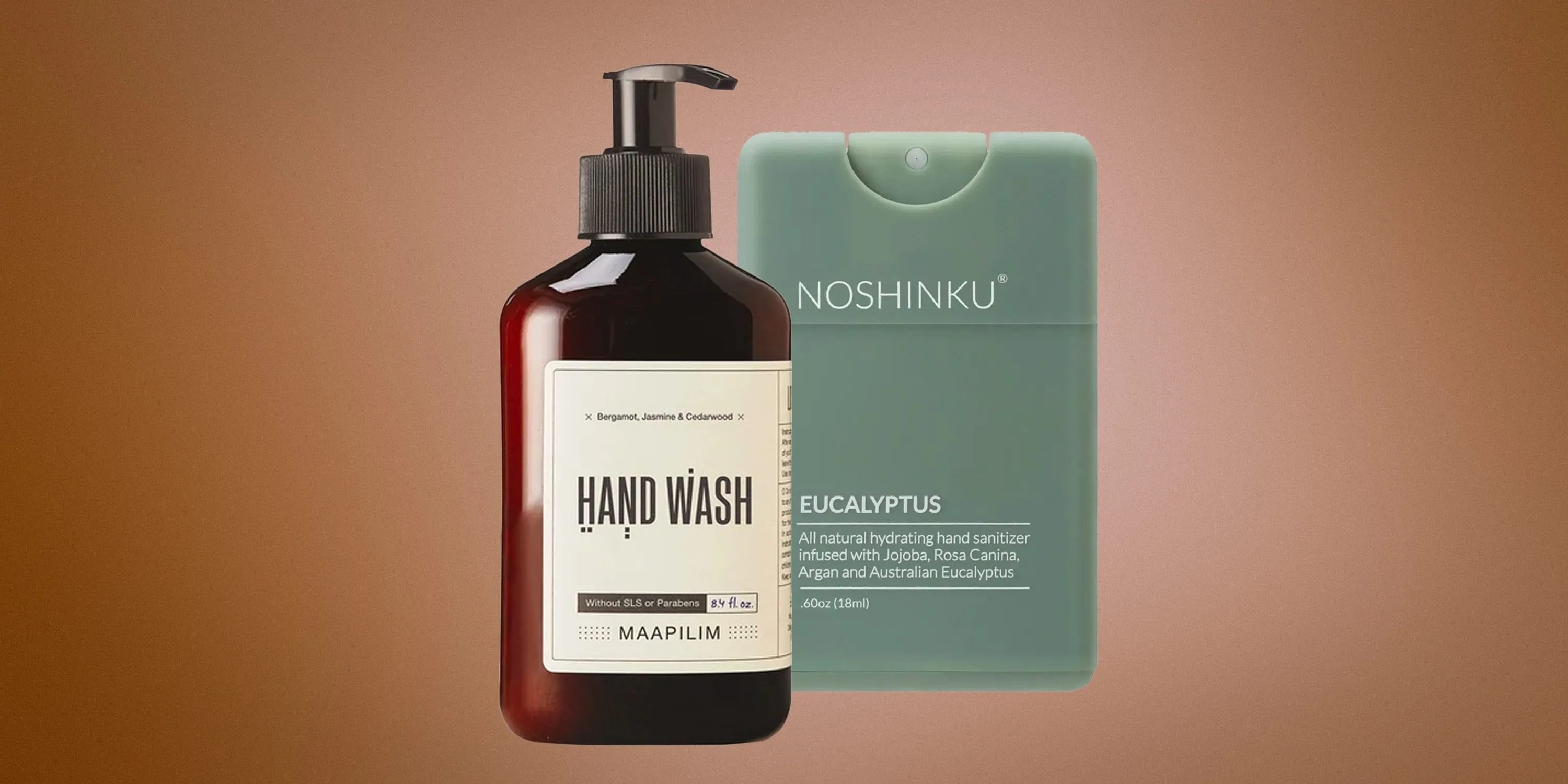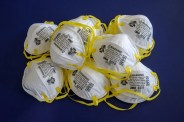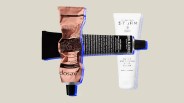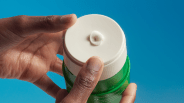Staying both safe and healthy can be a matter of literal life and death during the a global pandemic. The novel coronavirus has affected millions of people over the span of three years, impacting countless lives through its spread, but also the countrywide lockdowns, shelter-in-place mandates, business closures and overburdened hospitals it’s triggered. If we prove capable of slowing the spread (again) and flattening the curve (again), the devastating impact of the infectious disease can certainly be lessened.
Coronavirus spreads through moisture droplets in the air, transferred when an infected person sneezes or coughs, as well as via surfaces on which the virus lives. Though the Center for Disease Control (CDC) says that coming into contact with contaminated surfaces is not the main way the virus is transmitted, there’s still potential for the virus to be transferred from these surfaces to our hands, which often comes into contact with our eyes, nose and mouth (where viruses enter our body).
So, when it comes to preventing the spread, it is imperative that we take the necessary steps, which include cleaning and disinfecting our hands but also, of course, wearing a mask. To learn the difference between hand sanitizer and hand soap, we did the research and chatted with Dr. Linda Anegawa, MD, a physician at the virtual healthcare platform PlushCare.
Hand Sanitizer
Hand sanitizer is a liquid or gel used to disinfect the skin. Think alcohol-based products like Purell or Germ-X.
How does it work?
“Essentially, alcohol disrupts the surface of the virus so that it can’t bind as well,” Dr. Anegawa explains, “Things like bleach, alcohol and like Lysol all kill viruses within about 10 to 30 seconds of contact time.”
Why should you use it?
Hand sanitizers can drastically reduce the number of microbes on your hands and using a sanitizer with at least 60-percent alcohol can be effective at killing germs.
How to use it:
The CDC recommends using a hand sanitizer that contains at least 60-percent alcohol in order to be effective. “Make sure it covers every exposed surface of your hands and give it at least 30 seconds to fully dry,” says Dr. Anegawa. She notes that sometimes people have a tendency to pour hand sanitizer on their hands and wipe off the “excess.” Don’t. Instead, let the sanitizer dry completely.
When and where to use it:
Hand sanitizer is not a replacement for hand soap. However, when you don’t have immediate access to a sink with soap, having hand sanitizer on your person is helpful. When you’re out of the house on necessary duties and your hands come into contact with any potentially infected surface — e.g. supermarket pushcarts, debit card readers, door handles, etc. — it’s good practice to use hand sanitizer until you’re back home with a sink and soap. Until then, try not to touch anything else.
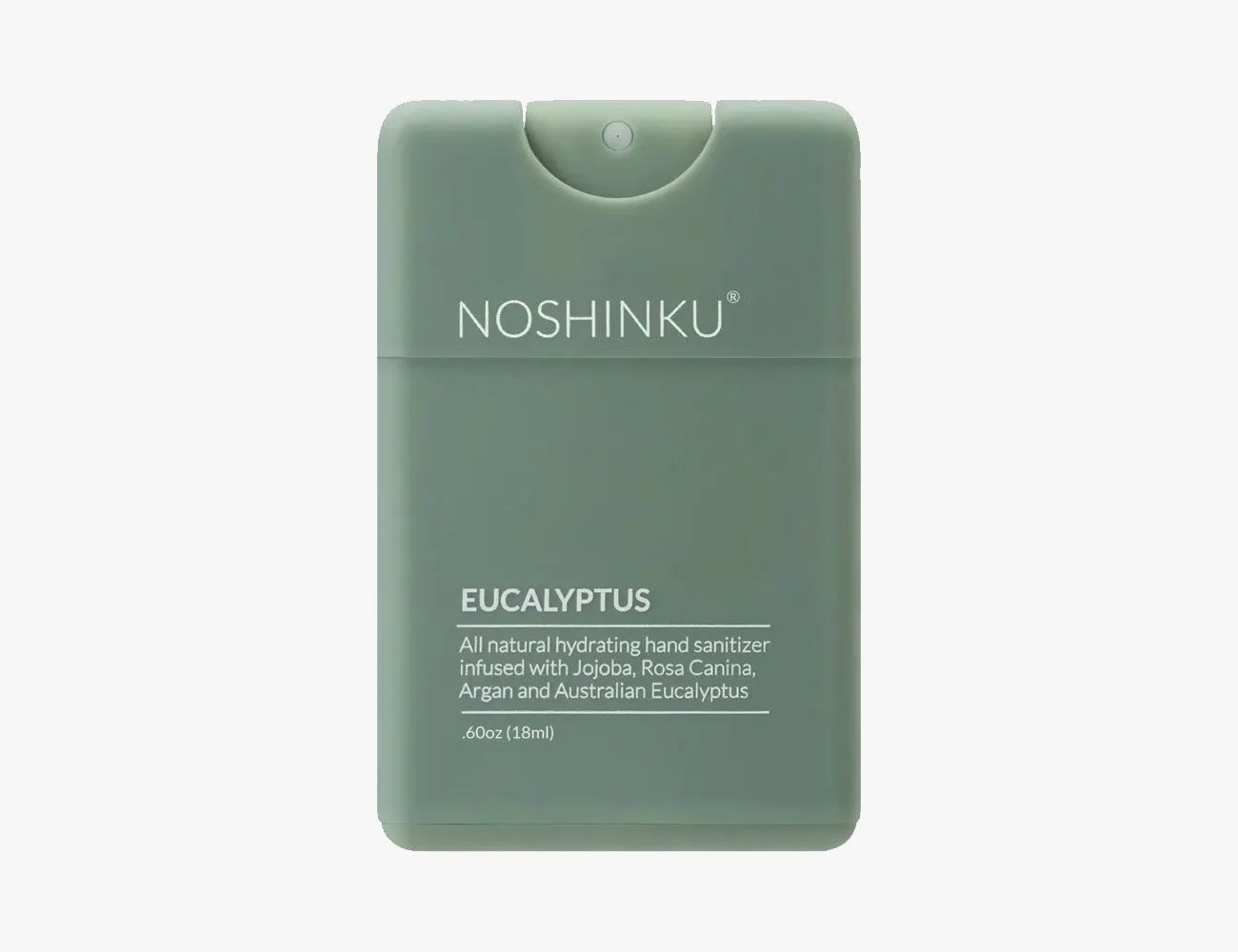 Nordstrom
Nordstrom